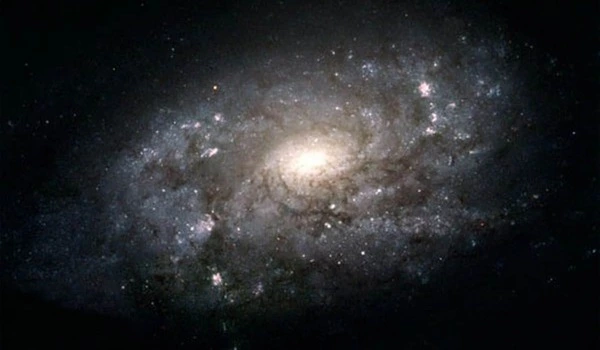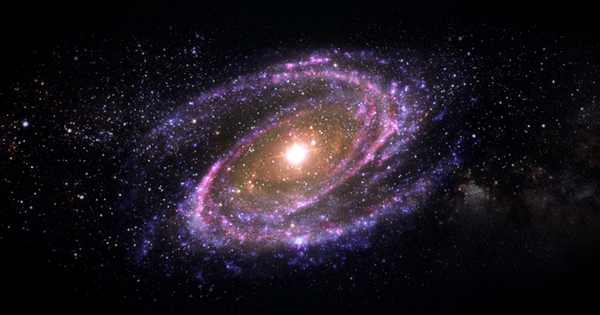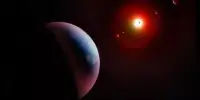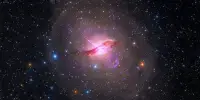The idea that each star is a sun, with many having their own solar systems, is a powerful reminder of the vastness of the universe. However, in comparison to distances to other galaxies, the distances to stars in our galaxy are tiny.
Using wavelengths unaffected by the obscuring effects of dust at optical wavelengths, significant progress in mapping the Milky Way was made over the last century. We can see the gas in the Milky Way with radio waves, for example, and dust and stars with infrared wavelengths. However, such studies were missing an important third dimension: distance.
White dwarfs were once normal stars similar to the Sun, but they collapsed after running out of fuel. These interstellar remnants have historically been difficult to study. A recent study from Lund University in Sweden, however, reveals new information about the movement patterns of these perplexing stars.
White dwarfs have a radius of about 1% that of the Sun. They have roughly the same mass, which means they have an astonishing density of about 1 tonne per cubic centimeter. After billions of years, white dwarfs will cool to the point where they no longer emit visible light, transforming into so-called black dwarfs.
This study is significant because we learned more about our galaxy’s closest regions. The findings are also intriguing because our own star, the Sun, will eventually become a white dwarf, as will 97 percent of all stars in the Milky Way.
Daniel Mikkola
The first white dwarf that was discovered was 40 Eridani A. It is a bright celestial body 16.2 light-years from Earth, surrounded by a binary system consisting of the white dwarf 40 Eridani B and the red dwarf 40 Eridani C. Ever since it was discovered in 1783, astronomers have tried to learn more about white dwarfs in order to gain a deeper understanding of the evolutionary history of our home galaxy.
In a study published in Monthly Notices of the Royal Astronomical Society, a research team can present new findings about how the collapsed stars move.
“Thanks to observations from the Gaia space telescope, we have for the first time managed to reveal the three-dimensional velocity distribution for the largest catalogue of white dwarfs to date. This gives us a detailedpicture of their velocity structurewith unparalleled detail,” says Daniel Mikkola, a doctoral student in astronomy at Lund University.

Researchers have measured the positions and velocities of approximately 1.5 billion stars thanks to Gaia. However, they have only recently been able to completely focus on the white dwarfs in the Solar neighbourhood.
The light spectrum of nebulae like Andromeda would eventually provide information about what these objects were. In the early twentieth century, a number of astronomers worked on this problem. Vesto Slipher, an astronomer, studied the light spectra of some of the brightest nebulae in 1912. He wanted to know if they were made of the chemicals that one would expect to find in a planetary system.
“We have managed to map the white dwarfs’ velocities and movement patterns. Gaia revealed that there are two parallel sequences of white dwarfs when looking at their temperature and brightness. If we study these separately, we can see that they move in different ways, probably as a consequence of them having different masses and lifetimes,” says Daniel Mikkola.
The findings can be used to create new simulations and models to continue mapping the history and evolution of the Milky Way. The researchers hope that by learning more about the white dwarfs, they will be able to clear up some of the mysteries surrounding the Milky Way’s birth.
“This study is significant because we learned more about our galaxy’s closest regions. The findings are also intriguing because our own star, the Sun, will eventually become a white dwarf, as will 97 percent of all stars in the Milky Way” Daniel Mikkola concludes.















